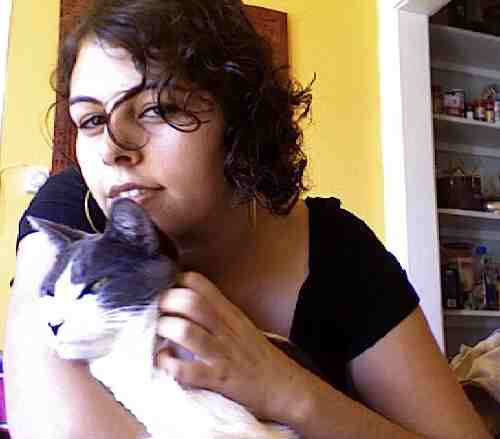My entire preparation for the CSET consisted of reading a couple of books about literary theory and the reading-writing connection, mostly on the bus or around 3am when I needed a break from writing papers or slogging through language data. It was finals, and I had a grad speech to write, and I really didn’t have much spare time to devote to study. As a result, I’ve been a nervous wreck the entire month since I took the thing, going over and over individual questions and passages in my head, and I almost don’t want next week to come so I can check my scores online.
So, to use my program’s favorite buzzword, I’m being much more proactive about the CBEST. It’s a much easier test than the CSET by any measure, but it has a math section, and as it’s been four years since I’ve been asked to do calculations of any kind, eight since I’ve done geometry, I thought a little preparation mightn’t be a bad idea. So with two weeks to go before test day, I bought myself a Barron’s guide and started studying. Barron’s wastes no time in setting the tone with a distressingly cynical introduction:
So, you want to be a teacher. Who can blame you? After all, who could resist the high salary, the social status, and, of course, the catered lunches? With all the media attention given to our educational system, you should have a good idea as to what you are getting yourself into. All kidding aside, teaching is a noble profession.No, but seriously! Teaching is great. I’ll be here all week; be sure to tip your waitress.
Anyway, I get down to business and fly through the reading diagnostic. In California they have us taking standardized tests practically from birth, and this one is a few notches easier than the PSAT, so you can predict the questions as you skim the passages: The writer makes his point by use of which device? As used in this selection, what does the word “inveterate” mean?
The math section is a whole other kettle of monkeys.
Sample question (with diagram):
line QVR (is perpendicular to) line SVT.So it looks like a week of review is in order.
m(angle) VSR = x degrees
m(angle) VRW = ? degrees
(A) 90 - x
(B) 90 + x
(C) x - 90
(D) You really have no idea, do you.
(E) Oh, how the mighty have fallen.
The most valuable thing that I have learned so far comes from Chapter 1, page 1, the top four inches of which reads What You Should Know About the CBESTtm. Bullet point number 5 informs the reader that “A passing score is 51.25 percent per section.”
For a moment I’m relieved – there is no way I can fail this thing, no matter how poor my math is. If I don’t pass it, I should be run out of the education business forever, and probably kept away from anyone under 18 as a precaution, lest my condition be contagious.
And then my eyes whip back up to point number three: “There is no limit on the number of times the exam can be taken.”
Yee-haw. Pray for the future of our educational system.

No comments:
Post a Comment